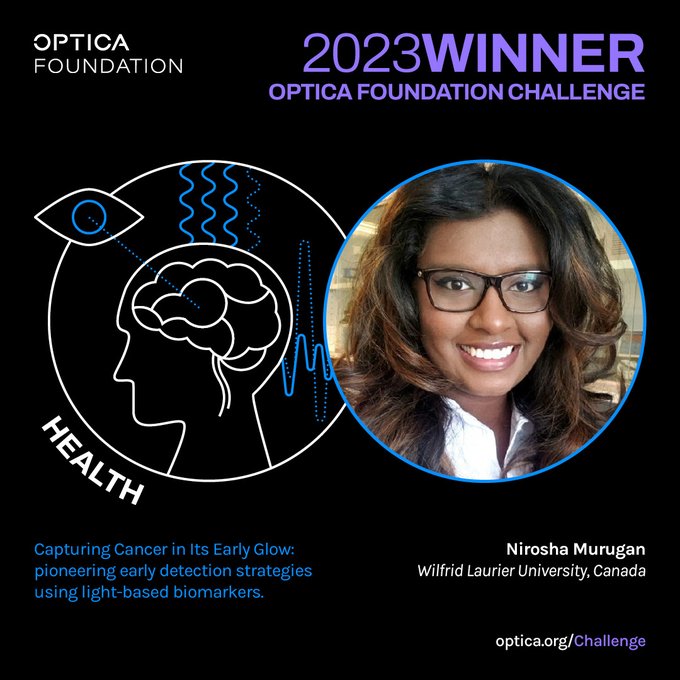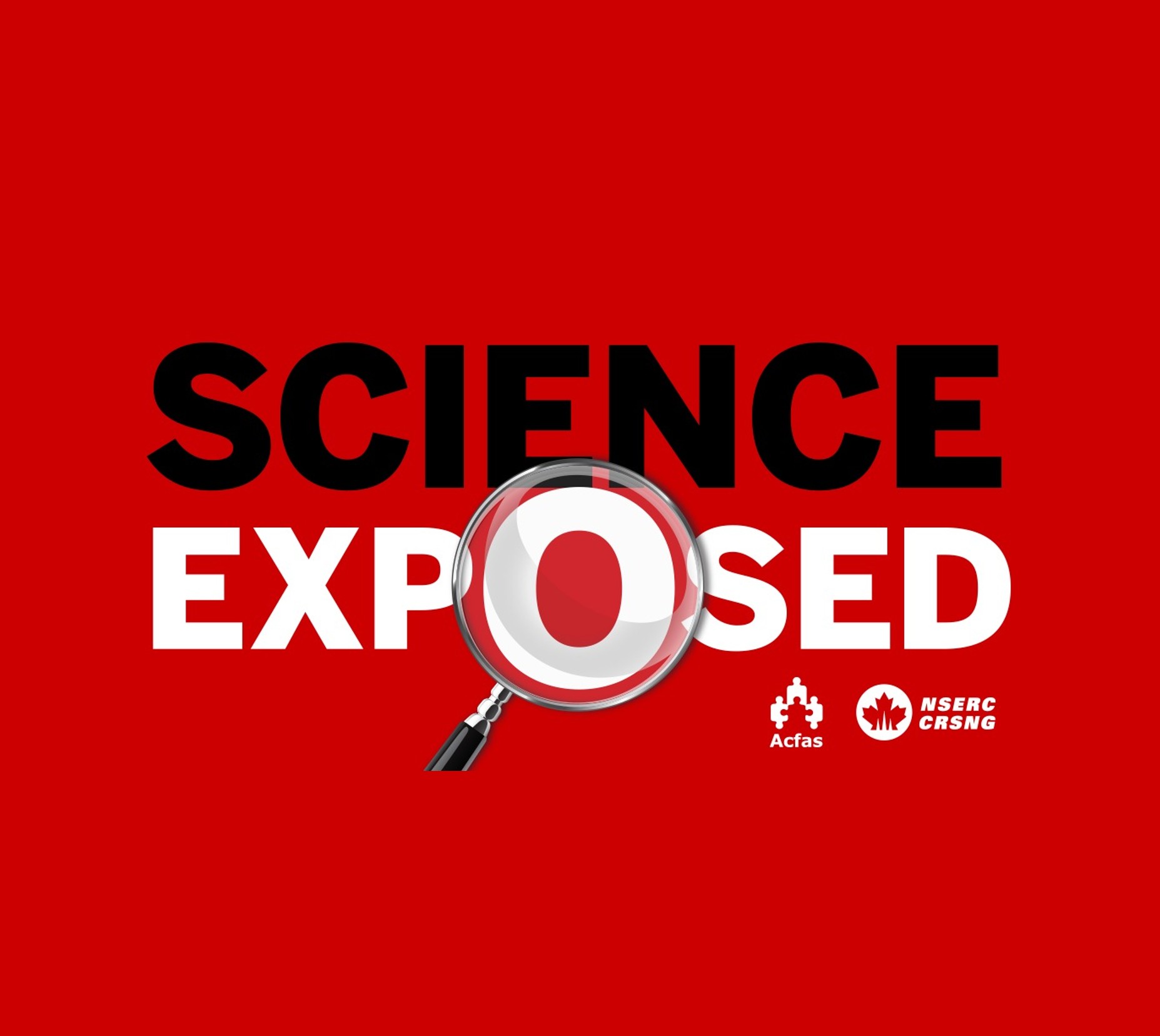Taviss hunts for physarum, aka “slime mold” with expert extraordinaire, Dr. Nirosha Murugan. Taviss is shocked to learn that physarum grows, eats, and makes decisions!? Together, they take a sample of the physarum and head to the lab, where they see the strange organism solve a maze all on its own. LINK
Nirosha Murugan, Wilfrid Laurier University, is using the Optica Foundation Challenge grant to develop a new light-based imaging platform to non-invasively detect early-stage cancer and chemotherapy-related cognitive impacts. LINK
A researcher at Wilfrid Laurier University has been awarded $100,000 to advance her study into the correlation between cancerous tissues and light. LINK
Scientists describe a process by which African clawed frogs can regrow an imperfect but functional lost limb. LINK
Nirosha Murugan, at Algoma University, provided $187,870 from New Frontiers in Research Fund for study. LINK
Dr. Murugan’s research enabled adult African clawed frogs to regrow functional legs. Using a five-drug cocktail delivered via a wearable bioreactor for just 24 hours, the treatment initiated an 18-month regeneration process. The new limbs developed nerves, bones, and muscle, restoring mobility and sensation . LINK
In NSERC’s Science Exposed competition, Nirosha Murugan presents Thinking Without a Brain, showcasing slime mold Physarum polycephalum. This brainless organism solves mazes, stores memories, and makes decisions—challenging assumptions about cognition and inspiring advances in bioinspired computing and artificial intelligence. LINK
Canada Research Chair and Biophysicist Dr. Nirosha Murugan is a Canada Research Chair and interdisciplinary scientist who uses a top-down approach to understand how cells and tissues communicate with each other and their environment toward healthy form function. LINK










